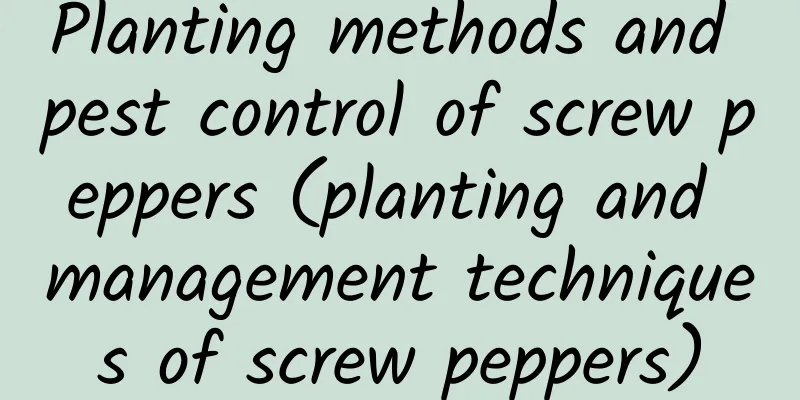When should leeks stop being harvested during the winter? When should they be harvested in the north?

1. When should you not cut?Generally, leeks are no longer harvested in late autumn and early winter. The main purpose is to nourish the roots, transfer nutrients to the stems and store them, and increase the yield and variety of leeks in the next year. Although leeks are perennial vegetables, they can be harvested many times a year. However, the time to cut leeks needs to be determined according to the growth of the plants, soil fertility and other conditions, so that the leeks can live longer, have a higher yield and better quality. It should be noted that the leeks planted in the same year should not be harvested, and the focus should be on root care. In addition, when cutting leeks, the standard is 7 leaves and 1 heart, and it is better to harvest them in the early morning. 2. When is the harvest in the north?In the north, leeks can generally be harvested until November, and then they can be harvested again in spring. If it is raised in a greenhouse, it can be done all year round. Generally speaking, if you harvest every 30 days or so, you can harvest 3-4 times in spring; the growth rate is slower in summer, and the harvesting times will be less, mainly harvesting leeks or leek flowers; in autumn, in order to nourish the roots for winter, you can generally harvest 1-2 times. 3. Growth habitsChives are perennial root vegetables of the Liliaceae family. They are highly adaptable and resistant to cold and heat. The suitable growth temperature is between 15℃ and 25℃, and the underground part can withstand lower temperatures. It can tolerate medium light intensity and is shade tolerant. If the light is too weak, the yield will be low and it may lead to premature aging. It has strong adaptability to soil texture and the suitable pH is between 5.5-6.5. Chives have a high demand for fertilizer and are highly tolerant to fertilizer. |
<<: Homemade dried reed flowers, reed flower vase pictures
>>: Should I remove the old leaves of red cabbage moss? Do I need to cut the leaves?
Recommend
The Feng Shui effect of green radish
1. Feng Shui Effect Placing it in the right posit...
What fertilizer is good for money tree
1. Is there a high demand for fertilizer? In gene...
What is the difference between ivy and evergreen
1. Different plant types The entire ivy plant is ...
How to make the iron tree bloom, what does blooming mean
1. How to make the iron tree bloom 1. Adequate li...
What should I do if the Fire Festival is too long?
prevention Basically, when raising fire plants, i...
How to prune purple bamboo plum
When is the best time to prune the purple bamboo ...
What are the benefits of spraying foliar fertilizer on fruits and vegetables (when is the best time to spray foliar fertilizer on vegetables)
The role of foliar fertilizer spraying Spraying f...
Can the spider plant be repotted in summer? What season is best for repotting?
Can the spider plant be repotted in summer? Chlor...
You should grow one of these “money flowers” no matter how expensive they are. Don’t wait until you go bankrupt to think about it!
Money tree, I wish you good fortune and prosperit...
The Clivia I keep at home is dying. This is how I can save it.
Clivia This is how to treat rotten roots of Clivi...
How to grow green radish in hydroponics
Hydroponics methods and precautions Can it be hyd...
Is the pine tree an evergreen tree? When is the best time to plant it?
1. Is it an evergreen tree? The pine tree is an e...
How many lucky bamboos should you grow to bring the most wealth and prosperity to your home?
1. How many lucky bamboos should you grow to brin...
Causes and treatments of yellow leaves of bougainvillea
1. Unsuitable soil 1. Reason: The soil has poor d...
How to propagate Australian fir
Seed propagation opportunity When propagating Aus...









